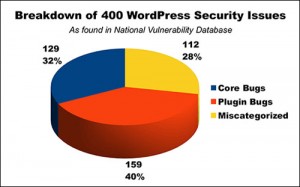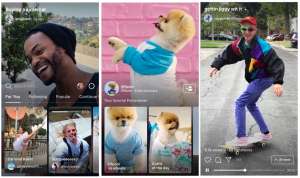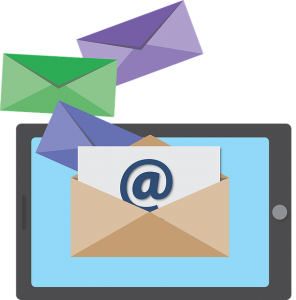Do you have a small to medium-sized business with an underperforming email marketing campaign? If so, you’re not alone. Email marketing is known as one of the best ways to grow your business, with an average return on investment of 4,400 percent! However, some business owners and marketers don’t reach these numbers and can feel stuck.
We are going to show you how to get over this hurdle and start growing your email list in 2020. Our tips will help you generate new leads, convert customers that sign up, and bring back subscribers that joined your list but stopped engaging with your company.
Let’s dive in!
Marketing to Highly Engaged Leads
Let’s get one thing straight: Your email marketing campaign will fail if you’re not targeting highly engaged leads. When someone signs up for your list, it should be because you’re offering extremely valuable products, services, or information. It’s not enough to provide something worth value; you have to target people that will benefit most from what you’re offering.
For example, if you wanted consumers for your online pet store to sign up for your email list, you should consider including most of the animals covered in your newsletter. If someone owns a mouse, but all you have is dog and cat content, they are not optimized and engaged for your email list.
On the other hand, if you boast that you have the best dog training tips, you’re more likely to see engaged leads interested in training their puppy.
Regularly reviewing and updating your customer persona profiles will help you create more personalized and targeted content. As a result, only people who will benefit from their subscription are most likely interested in the content and promotions you plan on sending out.
If you want to revise your customer persona sheets, review your on-site analytics, and look for changes in demographics and patterns. Social media and feedback surveys can help you gather data about your target audience so you can find pain points and work towards building solutions.
Use Marketing Psychology for Improved Conversions
There are people devoted to marketing psychology, and this had led to some pretty startling revelations. It turns out that while we are all inherently different in how we come to conclusions, the core reason we make buying decisions remains the same.
Here’s an example: Let’s say someone wanted to buy a makeup kit because a friend recommended it. At the same time, another person bought a video game because their friend said it was great. The outcome of both purchases are different, but the reason is the same. People want to fit in and try new experiences with other people.
Two phenomena are going on in this example. The first is called Fear of Missing Out (FOMO). The idea behind FOMO is we all tend to make split-second buying decisions when we think an offer is limited-time or the experience with the product or service is limited. If the person in our second example bought the video game a year after his friend, do you think the experience would be the same?
The second example is known as social proof. Social proof is the idea that we are more likely to make a buying decision if someone we know or admire uses the same product. Our examples above work, but celebrity sponsorships are also designed to build social proof.
You can use these tactics in your emails to get more conversions. Send out limited time offers with countdown timers that encourage users to take advantage of the promotion. You could also include testimonials from influential people or everyday customers within the body of your email.
Improving Customer Retention
Business owners and marketers want to keep their subscribers engaged with their brand long after their initial purchase. The percentage of people that continue opening your emails or making purchases compared to all of your customers is known as your retention rate.
Ideally, you want every customer to open your emails and check out your business after signing up, but it rarely works out that way. In an effort to reduce the number of people that don’t engage with their email campaigns, marketers have started implementing win-back campaigns to show these people why their brand is worth consumer’s time and money.
The process starts by segmenting your leads based on their activity level, which can boost your click-through rate by 100 percent, and analyze the data. How often do consumers come back for repeat purchases? Are there certain items that seem to relate to whether someone comes back to your site again? For example, if someone buys a puppy treat holder, are they continually buying treats from your online store?
Understanding the motives behind your customer’s actions can help you make smart decisions when crafting your win-back campaign. Adding a touch of personalization to your emails based on what you’ve learned can have a massive impact on your click-through and conversion rate.
We recommend that if you want to keep your retention rate high, you avoid buying subscribers or likes for your website, email, and social media page. The temptation to buy thousands of likes in a second is tempting, but these bots will tear down your retention rate and are far from engaged consumers.
Conclusion
Email marketing is here to stay. Business owners and marketers understand that consumers prefer to communicate through email or social media. As your business grows, you’ll have to make changes to your campaign based on updated customer persona profiles, expanded product lines, and your analytics. There’s unlimited room for expansion with email, the key is slow, consistent growth if you want to maintain the same customers until next decade.
Digital & Social Articles on Business 2 Community
(29)





